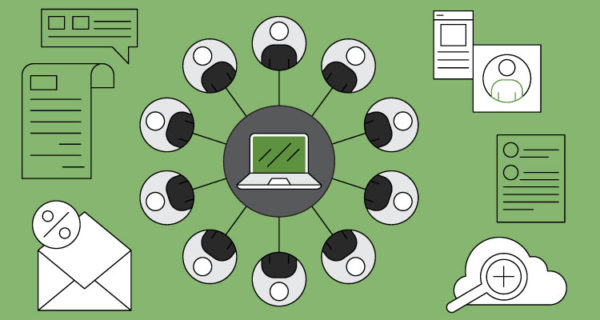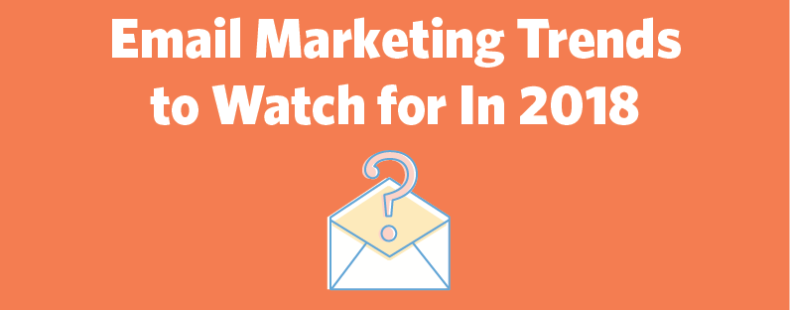The idea of networking makes some people’s skin crawl. They imagine a bad event in a hotel conference room where everyone has a name tag and a pitch. This alone makes it difficult to build authentic relationships. They may also feel fears about being judged or rejected for their business idea.
Like with most things, we’ve been told a story about networking that simply isn’t true. The truth is if you focus on building and nurturing authentic relationships – and knowing when to ask for something – then you can get what you want. Here are some ways to build authentic relationships when networking.
Give before you take.
Whenever most people think of networking, they think of a used car salesman. That’s probably because we’ve all had an experience where all someone wanted to do was take from us.The key is to always give before you take. Help someone out when they need it. Volunteer to teach a class. Share stuff on social media when they ask for it. Get to know people as friends instead of business opportunities.
Recommended for you:
Monthly Email Marketing Workshop Series for Beginners
However, there is one caveat to this. Some business owners give but never ask. This brings me to the next point.
Balance the act of giving with your own needs.
The problem I see with a lot of business owners is not necessarily with building authentic relationships. In fact, many of them are quite good at this. The real problem for some is never asking for what they want. In fact, they spend all their time nurturing a relationship but never get much out of it because they don’t ask.For example, instead of asking a contact whether or not they can get a booth at an expo they say something like, “Let me know if you need any help.” In their minds, they are still nurturing a relationship, but the reality is the relationship might already be established and they just need to be more direct.
For example, my colleagues and I ask each other for help all the time. Are we friends? Yes. But that doesn’t stop us from asking for what we need in business. This is how I’ve gotten new business, mentors, media opportunities and an agent.
Be consistent with your work.
One of the students in my group coaching program is working on an offering that helps people boost their confidence in building authentic relationships. Just recently, she gave a great piece of advice to other students who were struggling to turn networking opportunities into new business.Essentially, she called them out for not being consistent with their work. In her experience, if your connections see that you are consistent with your work, then they will be less afraid to refer you for business opportunities. The problem lies in the fact that many people just aren’t sold on what it is they are doing, so their connections don’t want to risk their reputation.
Final Thoughts
Building authentic relationships is an important part of moving your business – and your life – forward. The key is learning how to balance relationship building with your own needs. By using these tips, you’ll be able to turn those relationships into businessopportunities.
Brand new to Constant Contact? You can try us out for free! Sign up for your free 60-day trial to see for yourself.
Put these tips to work today! Log in to your Constant Contact account to get started.
Source: https://www.business2community.com/
ABOUT WNFP
Westchester Networking for Professionals (WNFP) is a business organization focused on providing our members and guests with an extraordinary networking experience, bringing business professionals together for the sole purpose of generating new relationships and developing new business opportunities. Not a member, learn how you can become a member and join this awesome group of professionals to connect and grow your business.
Stay Connected with WNFP!


















